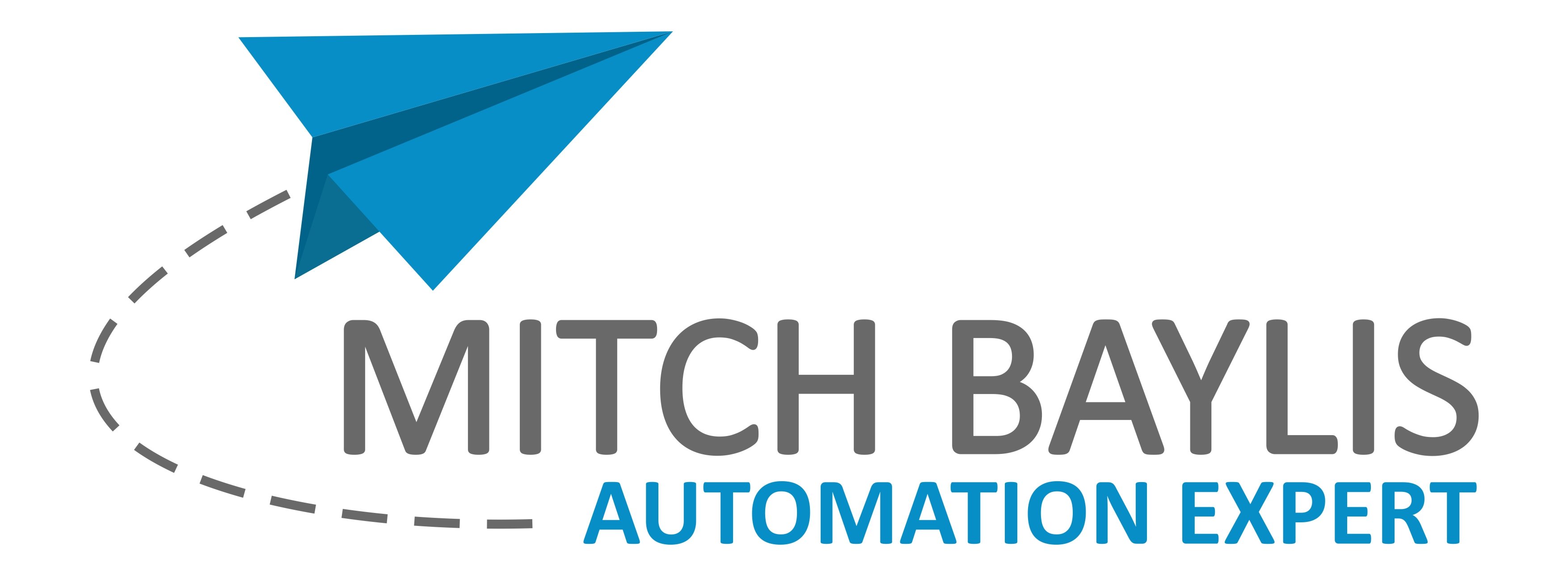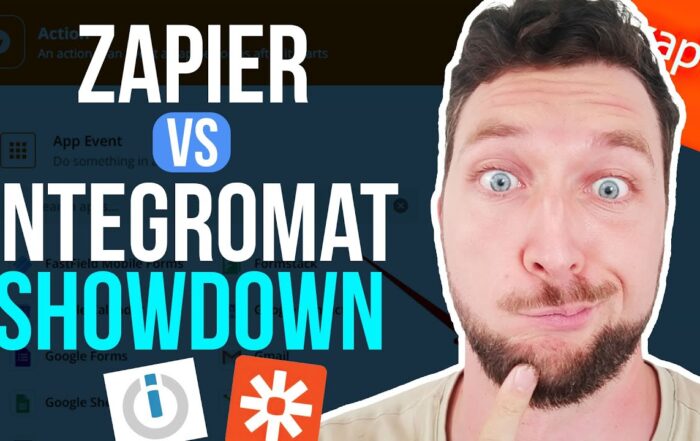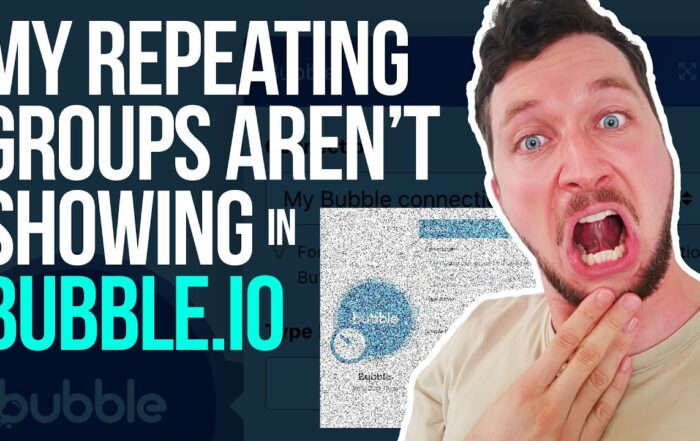Welcome to this deep dive into creating a custom lead scoring system using Bubble.io and Make.com (formerly known as Integromat). This guide will walk you through every step to help you understand and implement a robust lead scoring mechanism that can revolutionize your sales and marketing automation. 🚀
Getting Started: The Basics of Webhooks
The first step in building a custom lead scoring system is setting up a webhook in Make.com. A webhook is a way for an app to provide other applications with real-time information. For instance, you can collect data every time someone opens an email, clicks a link, or fills out a form. Here’s how to get started:
- Set up your webhook to receive data.
- Send example data to the webhook so Make.com knows what to expect.
- Define a variable, such as an email address, and provide an example value.
Creating Your Lead Score Data Store
Next, you need a data store to keep track of your lead scores. Follow these steps:
- Add or update a record: Create a new data store and call it Lead Score Data Store.
- Define the data structure: Create a data structure named Lead Score with ID as the email address and another field for the score, which should be a number.
- Set data usage: Allocate a minimal storage size, such as one megabyte, as it won’t hold much data.
- Map the email as the unique key: This keeps your data structure clean and organized.
Implementing the Lead Scoring Logic
Once your data store is set up, the next step is to implement the logic to score leads:
- Trigger the webhook: When data is received, create a record in the data store with an initial score of 1.
- Handle duplicate records: If the webhook is triggered again, instead of overwriting the record, add to the existing score. This requires some additional logic:
if (record exists) {
update record (add 1 to existing score);
} else {
create new record (score = 1);
}This ensures that the lead score increments with each interaction.
Adding Complexity to Your Scoring System
Your lead scoring system can be as simple or as complex as needed. Here are some advanced strategies:
- Weighted Actions: Assign different points to various actions. For example, opening an email might be worth 1 point, while making a purchase could be worth 100 points.
- Multiple Scores: Create different scores for different types of interactions, such as email opens, purchases, and website visits.
For instance, a purchase of a high-ticket item could be worth 100 points, while a smaller purchase might be worth 50 points. Similarly, frequent website visits could accumulate points over time.
Sending Data Back to Your App
The final step is to send the calculated lead score back to your app. This can be done by adding another module to your Make.com scenario:
- Add a module: Take the calculated score and send it back to your app.
And there you have it—a fully functional, custom lead scoring system built with Bubble.io and Make.com. 🎉
Feel free to explore and tweak the system to match your specific needs! If you have any questions or need further assistance, don’t hesitate to reach out. Happy automating! 🤖
Recent Posts
Zapier vs. Make.com: Which Business Automation Tool is Right for You?
Hey there, automation enthusiasts! 🚀 Today, we’re diving into a face-off between two business automation giants: …
Why I Switched from Calendly to Acuity: A Comprehensive Guide to Better Business Automation
🚀 In the ever-evolving landscape of business automation, choosing the right tools can make or break …
Master Bubble.io: Fixing Repeating Group Issues with Nested Elements
Hey there, fellow Bubble.io enthusiasts! Are you struggling with nesting elements within repeating groups? 🤔 You’re …



